- 1

Cómo crear apps sin programar usando Lovable y inteligencia artificial
01:13 - 2
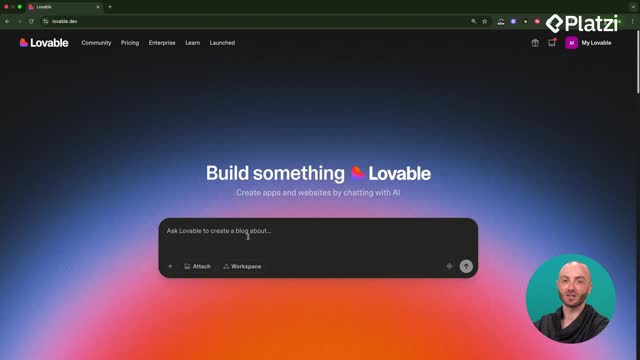
Creación de un proyecto en blanco y efectos animados con p5.js
03:55 - 3

Chat mode y edit mode en Lovable para desarrollo eficiente
09:38 - 4
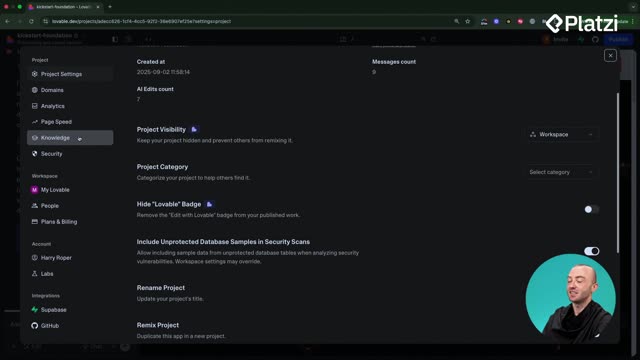
Archivos de conocimiento para diseño consistente en Lovable
07:32 - 5

User stories y diagramas para MVPs rápidos
09:26 - 6

Creación de guías de estilo y sistemas de diseño en Lovable
13:45 quiz de Fundamentals and MVP Planning
Escaneo de seguridad antes del despliegue en aplicaciones web
Clase 17 de 20 • Curso Gratis de Lovable para Crear Páginas Web sin Programar
Contenido del curso
- 7
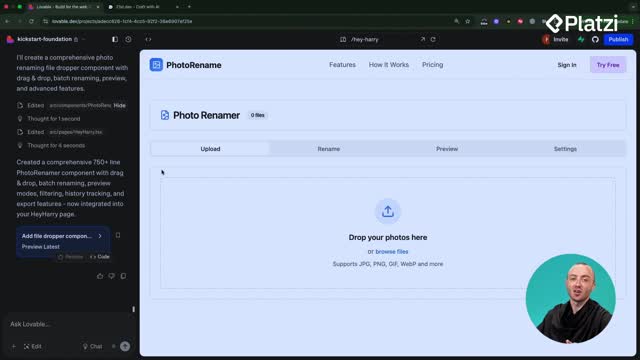
Refactoring de componentes React para editar más rápido
05:29 - 8

Integración de componentes UI personalizados desde 21st Dev
06:49 - 9

Cómo funciona React Router en proyectos de Lovable
07:28 - 10
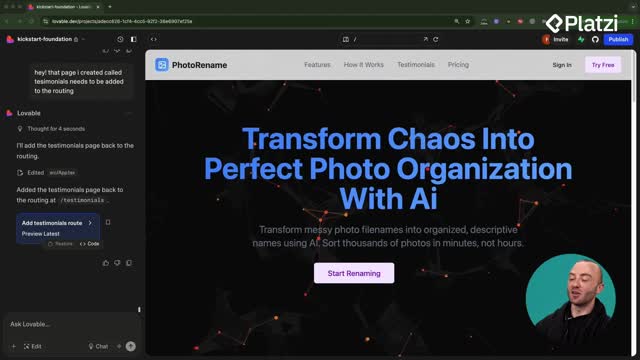
Prompting en español con comentarios en inglés en Lovable
05:00 - 11
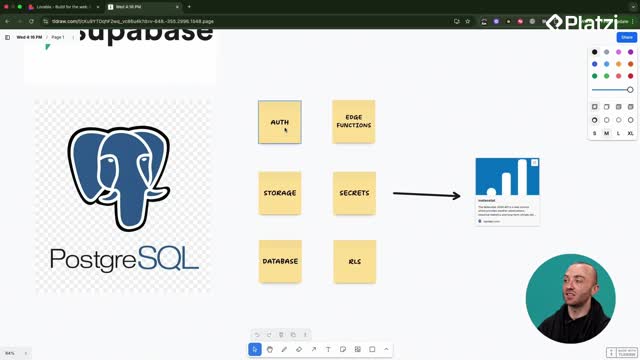
Conexión de Supabase para autenticación y rutas protegidas
10:34 quiz de Visual Construction of the Front-end
- 12

CRUD básico con Lovable y Supabase para crear tablas de datos
05:34 - 13
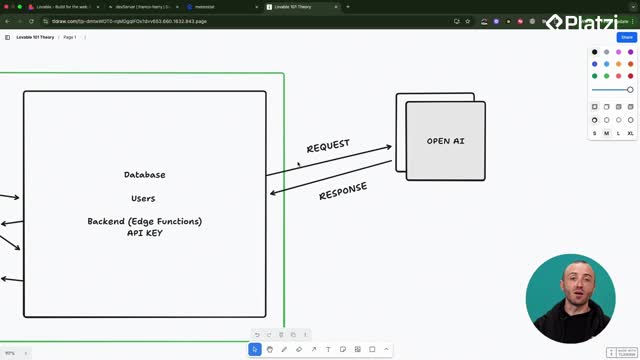
Conecta APIs con Supabase y edge functions para datos en tiempo real
06:51 - 14
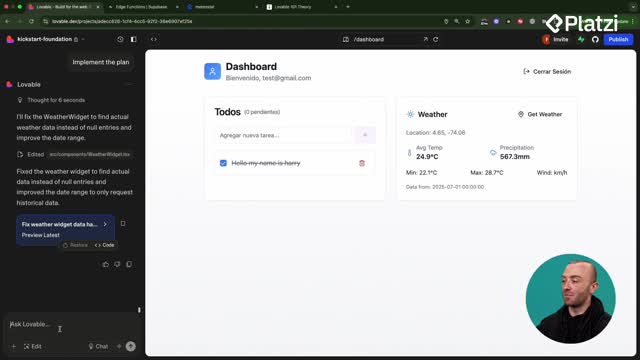
Creación de formularios de retroalimentación y registro con Lovable
07:53 - 15

Flujo de incorporación de usuarios con Supabase
10:23 - 16
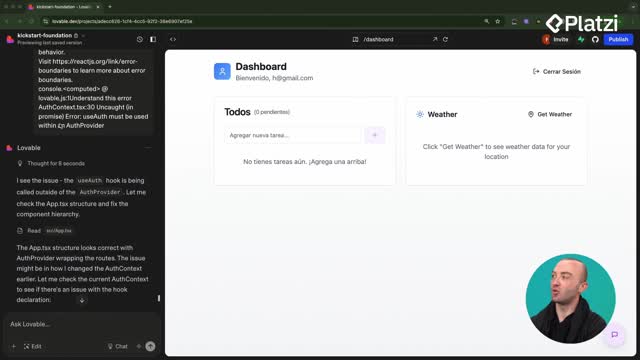
Cómo solucionar errores comunes en proyectos Lovable
04:45 quiz de Data, Users and Business Logic
Protecting user data is non-negotiable when deploying with Lovable and Supabase. Here you’ll find a clear path to spot exposure risks, use the built-in security review, tighten policies with SQL and row-level security, and add an extra layer with leaked password protection. Follow these steps to ship with confidence and avoid public data leaks.
Why does security matter before deployment?
Leaving a table open or skipping an access key can expose customer data to the internet. Before publishing, use Lovable’s Review Security to detect misconfigurations and block risky releases.
- Public tables can leak emails or IP addresses.
- Missing access control invites unauthorized reads and writes.
- The security scan flags errors before you click publish.
- Fix issues first, then deploy.
What common pitfalls should you avoid?
- Creating “rogue” tables open to everyone.
- Allowing policies that let anyone view emails.
- Publishing without reading the security report.
- Ignoring warnings marked before deployment.
How does Lovable’s security review tool help?
The Review Security button runs a full security scan across code, Supabase tables, and authorization. It surfaces high and medium risks, offers a clear report, and lets you apply fixes automatically with Try Fix or implement security fixes.
- It scans your whole codebase and Supabase configuration.
- It highlights data exposure (for example, a wait list table with personal emails or IPs).
- It suggests strengthening authentication where needed.
- It confirms improvements and can reach zero issues before publish.
What actions can you take from the report?
- Drop unsafe policies that allow public reads of sensitive fields.
- Require users to be signed in before accessing data.
- Apply suggested fixes, then re-run the scan to verify.
- Use the report as a checklist to close any gaps.
How do you publish safely with zero issues?
- Run the scan, review errors, and click Try Fix if available.
- Refresh and re-check the scanner until issues are cleared.
- Apply the implement security fixes flow when you agree with changes.
- Confirm zero errors, then proceed to publish.
What Supabase and RLS practices should you apply?
Security changes often involve SQL policies in Supabase. Removing a policy that lets anyone view emails and adding rules that require authenticated access are essential. Row-level security (RLS) ensures signed-in users can create, read, update, and delete only their own data—without touching others’. Fixes may affect app behavior, so validate queries and permissions after changes.
- Enforce authentication before reading or writing sensitive data.
- Use RLS so each user only accesses their records.
- Review and adjust policies to match your data model.
- Test critical flows after policy updates.
How can you strengthen authentication with leaked password checks?
Enable Supabase’s protection against known leaked passwords. It checks credentials against data exposed on sites like Have I Been Pwned and blocks logins using compromised passwords. It’s a small switch that adds a strong defense against account takeovers.
Have questions or tips on RLS, security scans, or password protection? Share your experience and what worked for you.